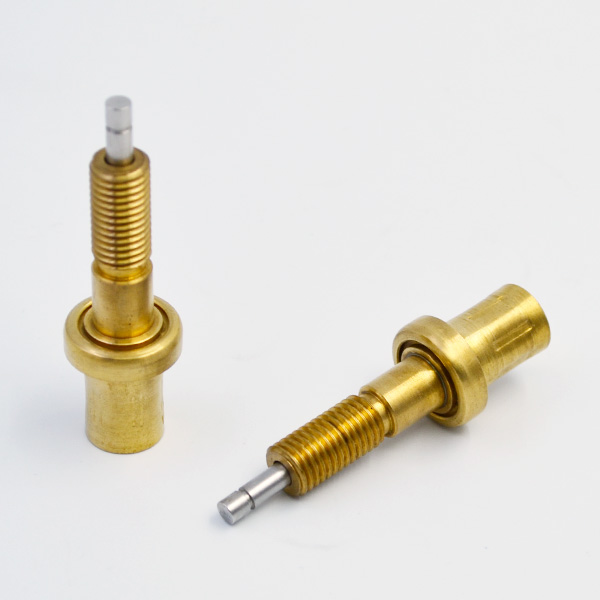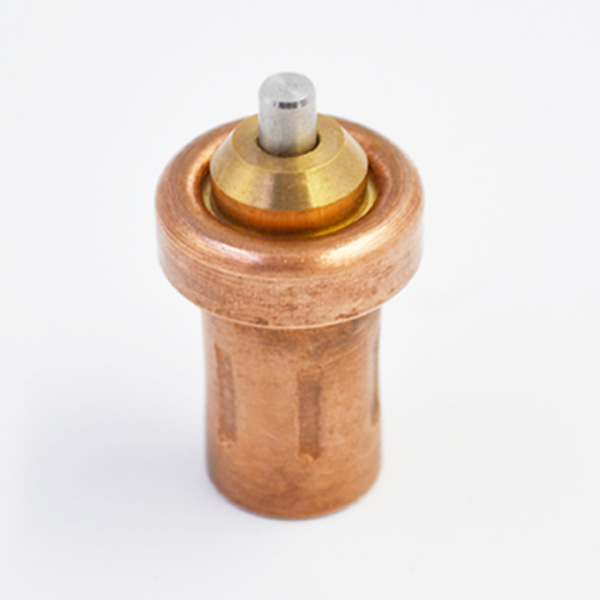The PID controller is also called the PID regulator or the PID correction device. It mainly has the proportional control, the proportional differential control, the proportional integral control and the proportional integral differential control and so on. When the structure and control law of the PID controller are determined, it is very important to correctly tune the parameters of the PID controller. The parameter tuning method of the PID controller can be generally summarized as two kinds: calculation tuning method and engineering tuning method. The parameter tuning of the PID controller is accomplished by the simulation software tool of MATLAB. The critical proportion method in the engineering tuning method is mainly introduced, thermostatic element and several different control effects are compared at the end. PID control is Proportional, Integral and Differential control. The PID controller is also called the PID regulator or the PID correction device.
It has the advantages of simple principle, convenient use and strong applicability, and is widely used in different production industries or fields. In order to make the control system have better static characteristics, good stability and fast transition process, it is very important to set the parameters of the PID controller correctly. The essence of tuning is to match the characteristics of the controller with those of the controlled object by adjusting the parameters of the controller so as to achieve the desired control objectives and achieve satisfactory control results. MATLAB is a computational software which integrates numerical operation, matrix operation, signal processing and graphic display. It is widely used in many fields such as control system design, signal processing and communication, image processing, mathematical modeling design, etc.

[1] because of its advantages of simple programming, convenient numerical and image display, friendly user interface and easy expansion. There are many methods to tune the parameters of the PID controller, but they can be summed up as two kinds: computational tuning method and engineering tuning method. Based on the mathematical model of the controlled object and referring to the transfer function of each link, the calculation of the calculation method is more complex, and the reliability of the results depends on the accuracy of the model, so the actual system is difficult to meet the requirements; while the engineering tuning method is based on experience and experimental methods, and the parameters of the controller are tuned according to the engineering empirical formula, which is simple and easy to implement, especially independent of control.
The mathematical model of image can solve practical problems in engineering [2]. Based on the above reasons, this paper starts with the software tool of MATLAB and completes the parameter tuning of the PID controller through the SIMULINK simulation link, mainly using the critical proportion method in the engineering tuning method. We take the common temperature control in engineering as an example to illustrate the whole process. Temperature is the main controlled quantity in many industrial production.

Temperature control is an important part of the control field. The control object of the temperature system can generally be approximated to the first order inertial link with pure delay, and its transfer function is as follows: in the formula, K is the gain coefficient of the generalized control object, T is the inertial time constant of the control object, and_is the lag time constant of the control object [3]. The idea of setting parameters of PID controller by critical proportional method is to remove integral link (I) and differential link (D) temporarily and retain only proportional link (P), so that the controller can only play a proportional control role in closed-loop system. Then gradually increase the value of the proportional coefficient Kc of the controller and observe the output value. If divergence decreases the Kc value until a suitable Kc value is found to cause the output to oscillate at the same amplitude, the system can be considered to be in a critical state.
At this time, the proportional degree is the critical proportional degree [4]. The critical gain value Kp'(Kp’=1/) and the critical oscillation period Tk (Tk=2pi/, which is the traversing frequency) are found through the output simulation waveform. Since the root locus of the control system may intersect the imaginary axis of the S plane, and the system at the intersection point is in a critical stable state, the process can be completed by finding the root locus diagram of the system. This method is adopted below. It is known from Fig. 1 that when the original system of the controlled object is critically stable, the crossing gain is Kp’=24, the crossing frequency is 0.16, and the critical oscillation period is 2 pi/39.
25. Using the SIMULINK simulation software toolkit in MATLAB software, the model of the PID controller with only proportional links is constructed as shown in Figure 2, and then the equivalent amplitude oscillation curve in the critical proportional method can be obtained, as shown in Figure 3 below. By comparing the three in Fig. 4, it is found that: (1) proportional control (P control) can quickly respond to errors, thereby reducing errors, and the overshoot is small, but proportional control can not eliminate steady-state errors, the system has residual, the step response curve can not approach 1 with time, and the system will be unstable as the Kc continues to increase; (2) after adding PI control, the integral part makes as long as the system is stable. There are errors in the system, and the control function is accumulating constantly, and the output control quantity is used to eliminate the errors. Finally, under sufficient time, the integral control can completely eliminate the errors, and the step response curve finally approaches 1. However, it can be seen from the graph that the excessive integral effect makes the overshoot of the system larger. (3) After introducing the PID control, the introduction of the differential part reduces the overshoot, overcomes the oscillation and improves the overshoot of the system. At the same time, compared with PI control, the stability of the system accelerates the dynamic response speed of the system and reduces the adjustment time, thus better improving the dynamic performance of the system [6]. In this paper, the critical gain Kp’and critical oscillation period Tk of the PID controller are rapidly obtained by using the root locus diagram when the parameters of the PID controller are tuned by the critical scale method; secondly, the parameters of the PID controller are calculated according to the empirical tuning formula of Ziegler-Nichols; finally, the step response curves simulated by MATLAB software are used to further analyze the various parameters of the system. Performance indicators and control effects were compared. Through the above contents, on the one hand, it fully demonstrates the characteristics that the critical scale method does not depend on the mathematical model of the system; on the other hand, its advantages of direct on-site setting, strong pertinence and simple operation make it widely used in engineering practice and become an effective engineering setting method.
